
Just Leased! 7,487 Kearny Mesa Office
May 12, 2023
How Do Probate Real Estate Sales Work in San Diego?
May 26, 2023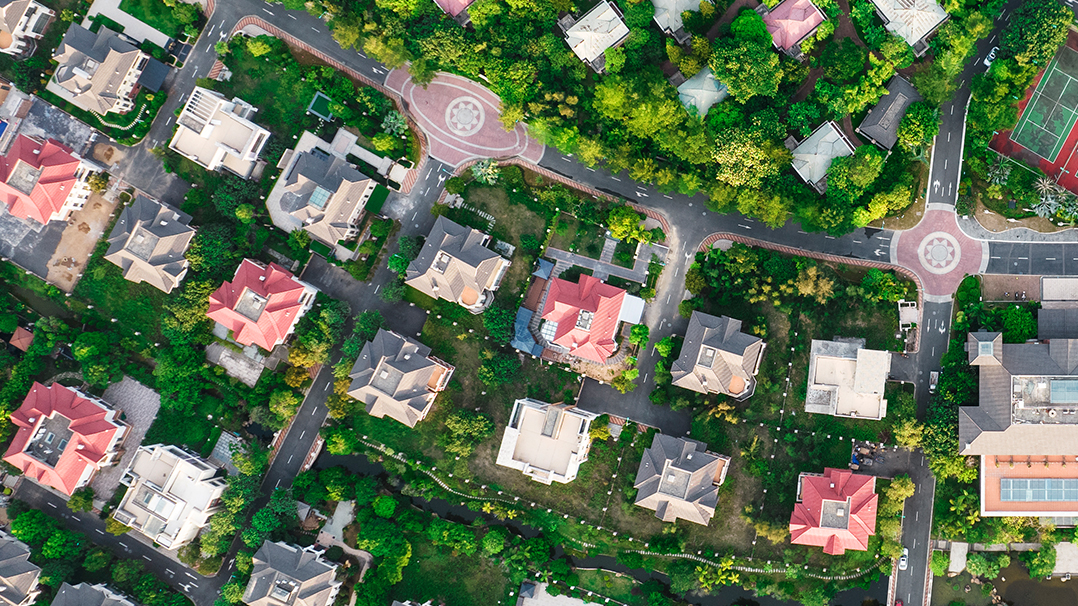
Disclaimer: I am not an attorney and this article is not intended as a substitute for advice from the appropriate legal, zoning, financial, construction and/or tax professionals. This information is provided for educational purposes only and is made without warranties or representations
One of the biggest challenges for a property owner and real estate investor today is dealing with the fallout from the coronavirus pandemic. Covid truly shifted the way we see work and society, and it massively boosted the number of businesses turning to hybrid, flexible, or entirely remote work. In most cases, this change showed improvements in productivity, job satisfaction, and work-life balance. Unfortunately, this all comes at a cost.
That cost, as it currently stands, is an incredibly high and resilient vacancy rate in many forms of commercial real estate. Some real estate, like shopping malls, have been struggling for years due to the advent of online shopping. The advent of online work is doing something similar to corporate office parks, office space, and other commercially-zoned properties across the country.
While this is a problem – no commercial property owner wants to deal with a property that isn’t making money – it also presents a possible opportunity, and one that has been identified already.
Cities like San Diego have a large amount of available commercial real estate, which tends to be centered in areas of prime desirability. While this is – or was – great for the property owners, it meant extended commutes and further distances for residents looking for a place to live adjacent to their workplaces.
Hmm. Commercial real estate in prime locations facing high vacancies on the one hand. On the other hand, an ever-increasing need for more residential housing to increase density, proximity, and convenience for residents. Seeing the solution?
It’s a simple idea. Redevelop vacant commercial properties into residential properties, providing more housing to residents and offering a variety of benefits to those who would live there.
“With many retail establishments and office buildings facing high vacancies in the aftermath of the COVID-19 pandemic, local lawmakers as well as state legislators are seeking to take advantage of underutilized commercial land to meet growing housing needs.” – Terner Center for Housing Innovation.
There’s just one thing standing in the way of this transition: zoning laws.
The Problem of Zoning in San Diego
Zoning laws are important. They’re a potent tool in land use and management, and they help prevent things like a swath of homes being demolished in favor of a sewer plant, a coal-powered factory springing up in an otherwise-bucolic shopping district, and other clashes of intent and usability.
At the same time, zoning puts a damper on some traditional forms of mixed-use buildings that help urban areas thrive. Europe is full of combination residential-commercial properties, with storefronts on the ground floor and residential units above. Those types of mixed-use buildings exist in America, but they’re comparatively rare, and part of the reason is zoning.
In San Diego, zoning laws tend to separate residential from commercial land use. Moreover, land that is zoned for one use requires jumping through hoops to rezone it for another. The Zoning department controls all of this, keeping records and providing the necessary processes to make it all work.
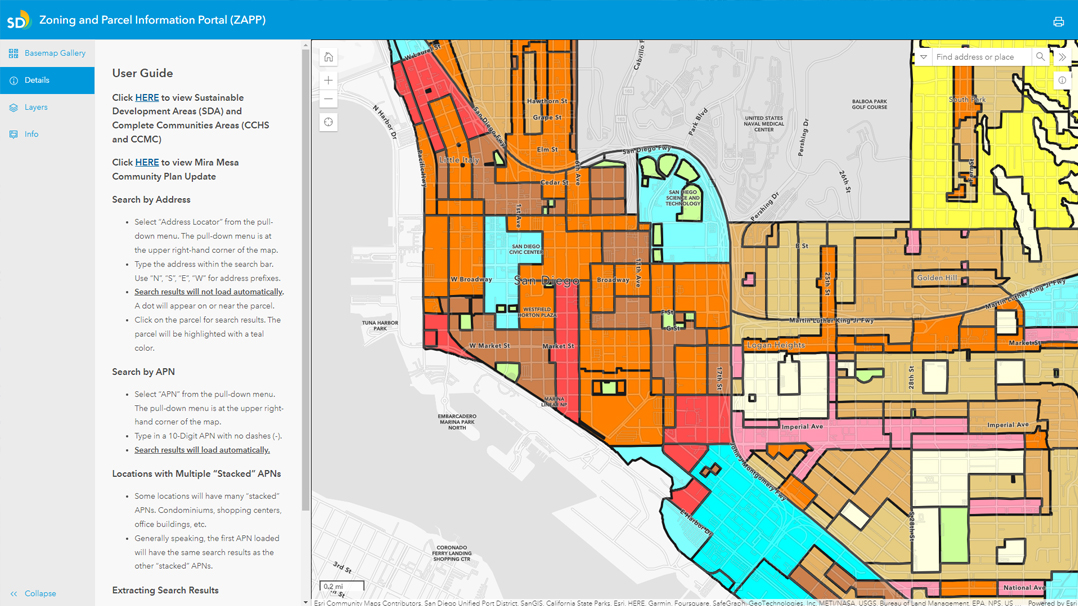
If you’re a commercial property owner with a property that has a high vacancy rate, but which would be ideal for residential redevelopment, it could be a great idea. The only question is, how do you go about it?
Explaining the San Diego Rezoning Process
Luckily, the process for changing the zoning of a parcel of real estate is both well-defined and accessible. Here’s how it works.
Step 1: Contact the Zoning Division
The first thing you need to do is contact the San Diego Office of Planning & Development, Zoning Division. The zoning application will look something like this, though, of course, it may be a more up-to-date form. You’ll need to provide a range of information and can ask any questions you need to when you contact the department.
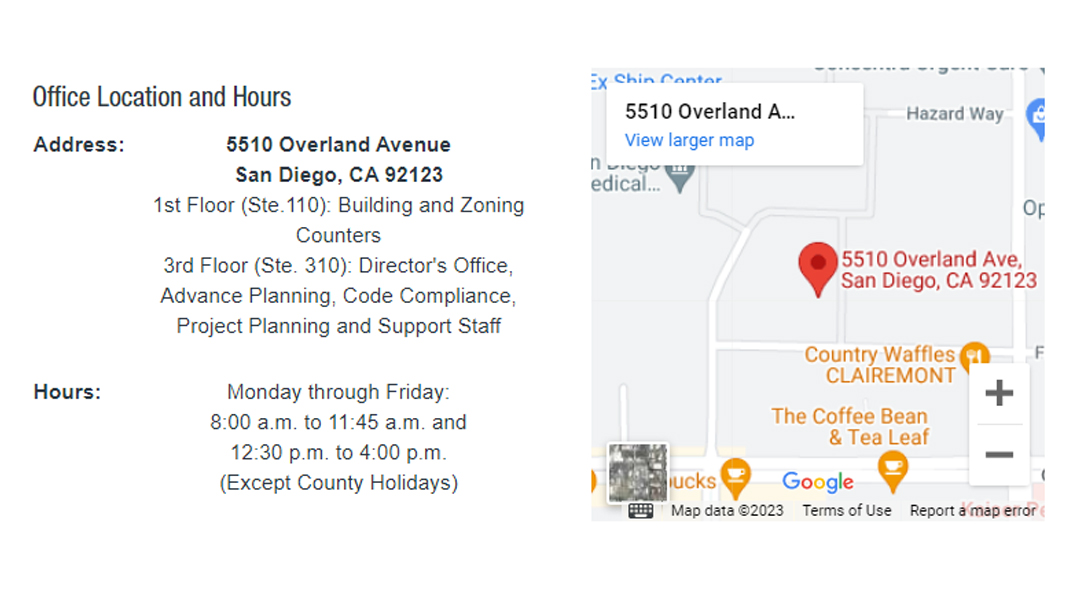
You can find the department at 5510 Overland Ave, Suite 110, or you can call them at (858) 565-5981. When you obtain the application package, you’ll need to prepare any documentation, proofs, and forms you’ll need to submit.
Before you can submit the application, though, you’ll have to go through a hoop or two.
Step 2: Request a Major Pre-Application Conference
Part of the application is a bunch of work you do to prepare for what is known as a Major Pre-Application Conference. This conference is essentially a meeting with someone from the city departments in charge of zoning and planning. You (and/or your attorney) will discuss the project you’re hoping to achieve, which in this case, is a rezone of a commercial parcel into a residential parcel.
Keep in mind that you aren’t just walking into a meeting and saying, “Hey, I want to rezone this parcel.” You have to propose what you’re going to do to redevelop the area in accordance with the new zoning, including your usual due diligence, planning, and financial accommodations necessary to successfully perform the redevelopment.
Your goal with this meeting is to convince someone on the city board that your project is feasible and that you’re prepared to see it through. Rezoning isn’t something that’s taken lightly, because it has significant repercussions to the entire area.
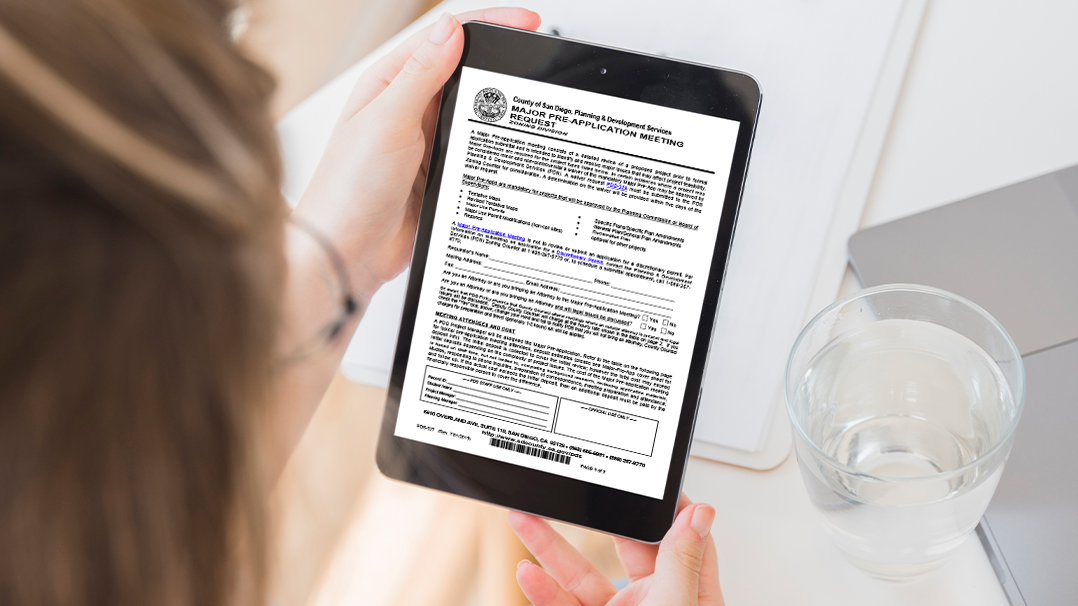
When you request your pre-app conference, keep your schedule free. The meeting will generally be scheduled for somewhere within or around four weeks from the date of your application. It also costs money since you’ll be paying for the time of the individuals you’ll be meeting with. You can see the pricing chart on the document linked above, though again, make sure you double-check to find the most updated documents when you go through the process.
Another note here: if your meeting goes well, and the city decides that your project has merit and that you aren’t likely to just get approval then cut and run (or don’t have the wherewithal to pull it off), that’s not permission to start redevelopment. Rather, it’s permission to apply for the preliminary permission to hold a meeting to gain permission to then submit a plan for redevelopment.
Yeah, it’s a lot.
Step 3: Perform Relevant Analyses
The third major step of the process can only happen once you’ve gained tentative approval to continue with your proposed project. You’re still nowhere near being able to start tearing down or redeveloping a commercial building, though. No, first, you need to perform various assessments, such as an environmental impact assessment.
You will likely need to perform analyses and submit documents for things like:
- A new Community Plan Update for the local area and how it will be impacted by a change in zoning.
- A new California Environmental Quality Act review, to analyze the impact of a redevelopment on local green space, environmental impact, and more. This is more relevant when rezoning away from residential, but it can still be important.
- Development of tentative project maps and other proposals for the project, should you get the go-ahead to proceed.
All of this can take quite a while, with many rezoning projects in this stage taking 12-18 months of additional time to perform the analyses and assessments, submit them to the proper channels, and get them approved or get feedback on them.
“Yet of the commercial zones that do allow residential development, many require prospective developers to undergo a potentially lengthy and uncertain environmental review and discretionary process by local zoning and planning boards.” – Terner Center for Housing Innovation.
No two rezoning requests are the same, so it’s impossible to predict everything you’ll need to do and how to do it ahead of time. Your team should have people dedicated to keeping on top of the application process.
Step 4: Public Comments and Hearings
Once you’ve submitted documentation like your tentative maps and plans and your environmental impact report, you have a series of public hearings to go through. The first is a mandatory minimum public review period for the environmental impact documents, which is required to be between 15 and 45 days. During this time, any interested party can appeal the environmental report.
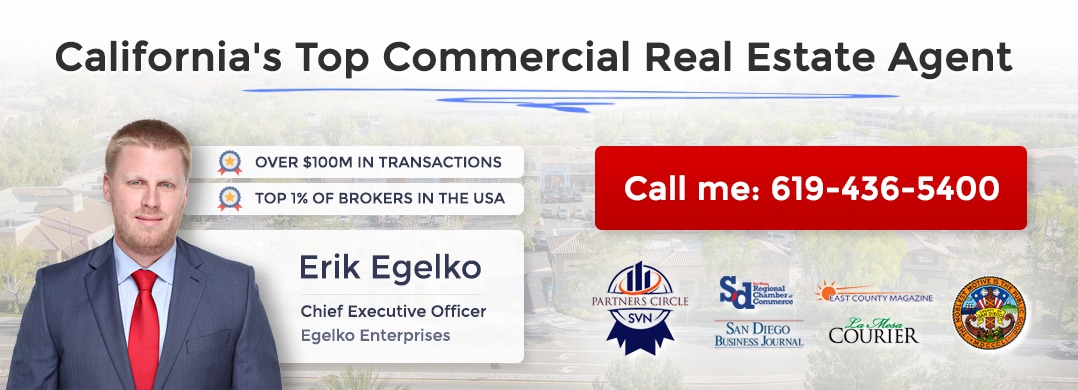
If this passes without issue, your next step is a public hearing with the Planning Commission. This is a full commission meeting with accessibility to the public, so anyone in the area can show up and make their opinion heard. This first meeting will involve testimony from the public and from you about your planned redevelopment after the rezoning.
There are a ton of factors that influence this entire situation. A historic or beloved commercial building might rally a lot of push-back that shows up at the meeting. A run-down or disliked commercial building could see the opposite, with full apathy towards the project or even support. Even one individual rallying push-back could derail or delay the entire process, and it’s impossible to generalize.

This first meeting will result in one of three possibilities:
- The commission sends a recommendation to the Board of Supervisors to deny your rezoning request.
- The commission sends a recommendation to the Board of Supervisors to approve your rezoning request.
- The commission sends a recommendation to the Board of Supervisors to approve your rezoning request with certain conditions.
Conditions can be nearly anything, from a shift in your planned development to even incredibly minor changes. Whatever they may be, if the Board of Supervisors approves you with conditions, you’ll need to follow those conditions.
Sometimes, there will be some back-and-forth and some delays here. If the commission recommends denying your request, you may be able to re-evaluate, change, and re-submit without starting from square one. Alternatively, push-back might be such that it’s better to abandon the idea entirely.
At this point, the Board of Supervisors is the ultimate authority. They can take one of the three routes listed above: approval, approval with conditions, or denial. Their word is final – at least for your proposal as it stands – and it all comes down to all of the factors we’ve talked about so far.
If your rezoning request is approved, it will take effect 30 days after the approval. At that point, you can start on your redevelopment project, and that’s where the real work begins.
Wrapping It Up
There’s an interesting situation brewing in San Diego and throughout California as a whole. The state has recognized an increasing need for housing, especially affordable housing, and the city has acknowledged this need. Things like the new tenant protection ordinance go to show that housing is a significant concern.
At the same time, there has been a lot of push-back and resistance to doing things like breaking down single-family parcels in favor of multi-unit dwellings or, more relevantly, rezoning commercial areas into residential parcels for development. On the other hand, there’s been a growing movement over the past few years for increased housing, increased density, and further development of the city.
Despite that, the city is still well behind the state-mandated quota of additional housing. It’s quite a turbulent current to have to navigate as a property owner!
For that matter, it’s no surprise that a lot of commercial property owners – especially those with high vacancies and a struggle to find tenants – are taking a look at this entire process and deciding that it’s just too much to deal with. Meeting after meeting, expensive and time-consuming conferences, long delays on paperwork, and more, just to have a public meeting and have the whole project denied? It’s a massive hassle on an already headache-inducing property.
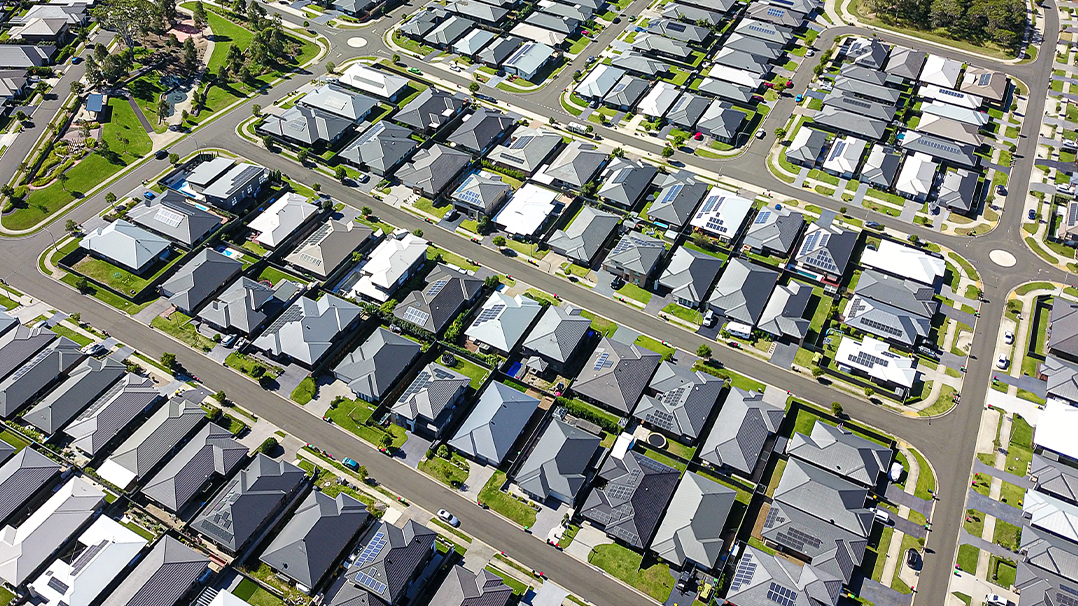
There’s always another option: let someone else handle it. Why not just sell the property to an interested buyer and let them go through the hoops necessary to rezone it as necessary to develop it? You can use the funds to reinvest in properties that suitably align with your portfolio needs, and meanwhile, the properties you’re selling can be put in better hands.
If you’re interested in selling any sort of commercial properties in the San Diego area, I’m your man. I’m the #1-ranked SVN broker in California, and I can leverage my connections and experience to make sure you have the best possible sale you can get. Just reach out today to get started.

Erik Egelko is a veteran of the commercial real estate business with a specialized focus on Investment Property Sales. In 2021 and 2022, Erik was the #1 ranked Broker in California for one of the largest CRE Firms as well as ranked in the Top 1% of brokers nationwide. He has extensive experience in a variety of asset types including: Retail Shopping Centers, Medical Office Buildings, Industrial Properties, and Multifamily Apartment Complexes. Over the course of his career, Erik has closed over $100,000,000 of commercial property sales throughout Southern California.



